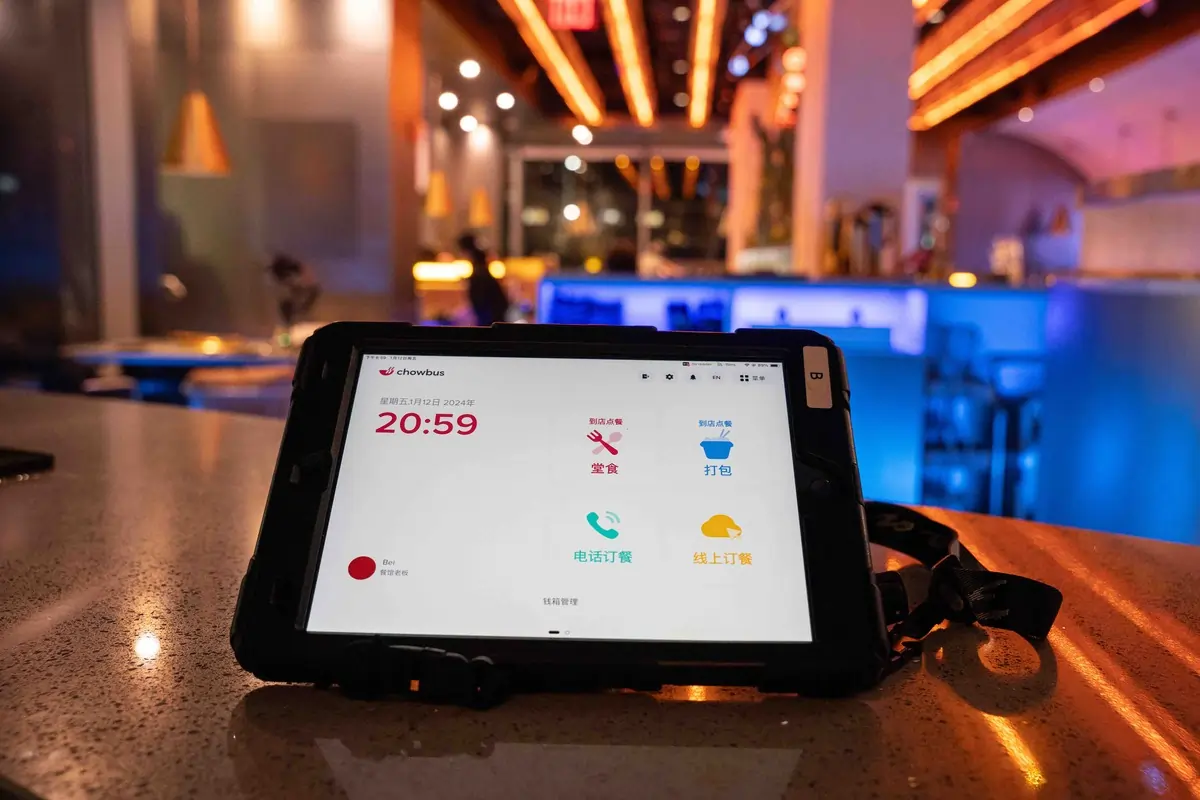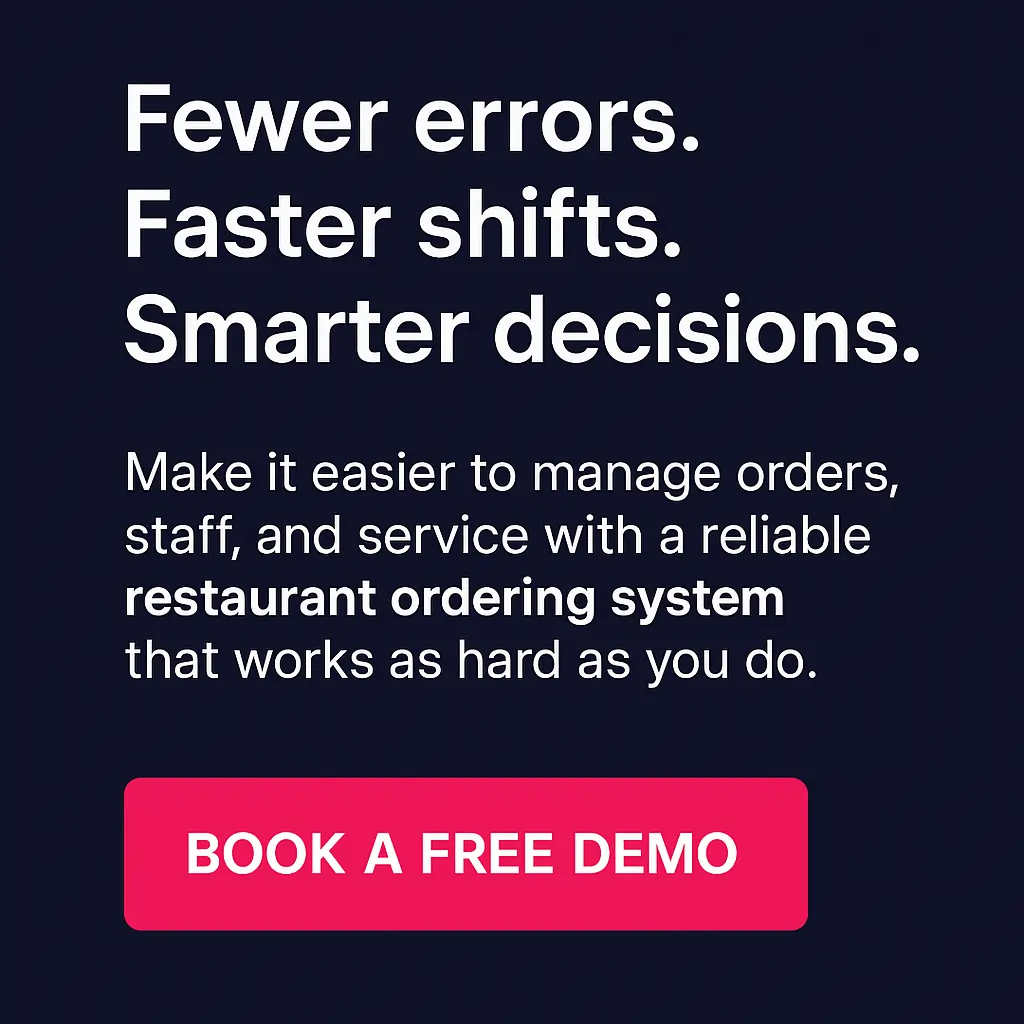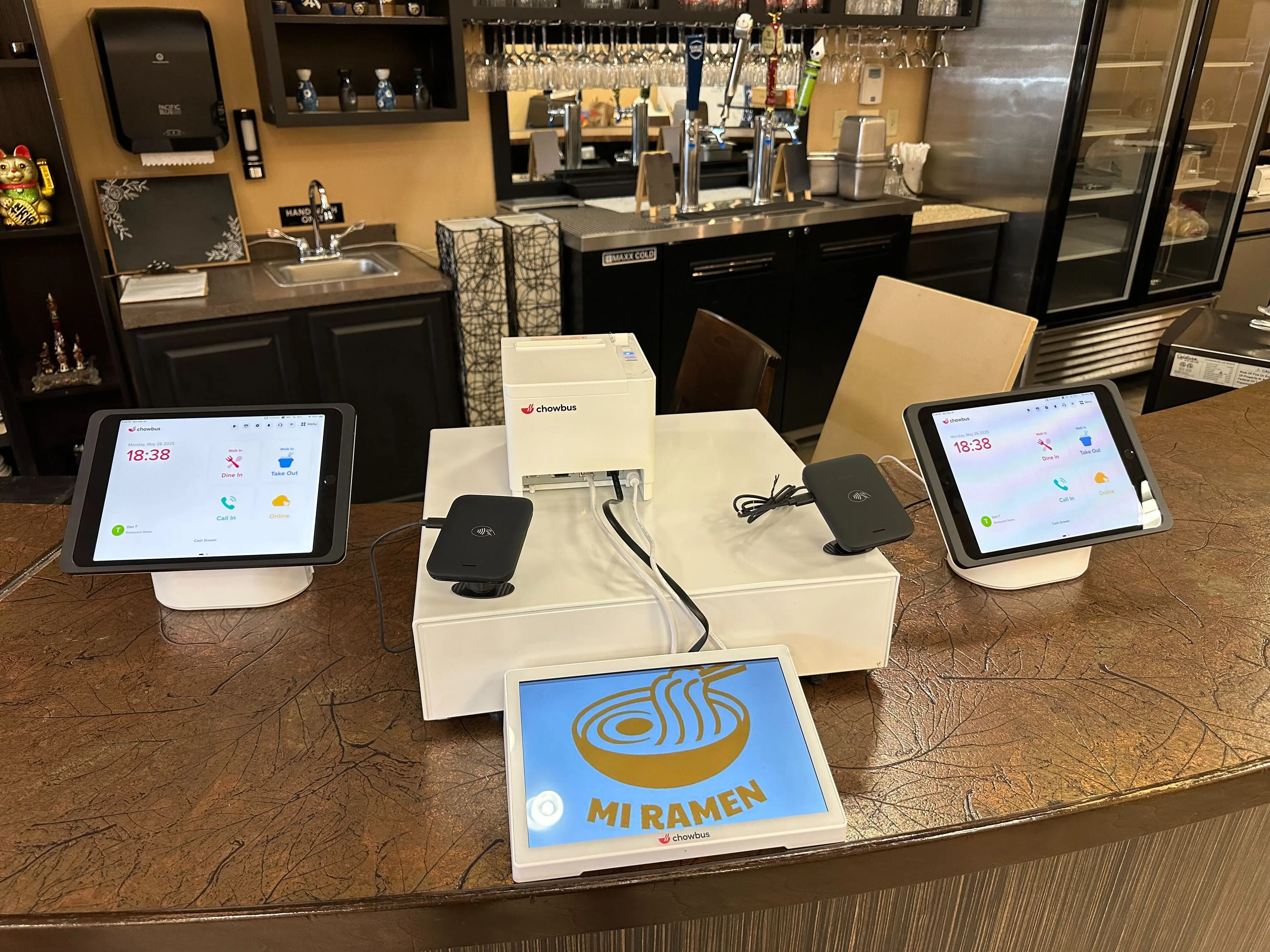
Managing a restaurant means juggling multiple tasks—staffing, service, customer experience, and profit margins—often all at once. A restaurant ordering system doesn’t just help with placing orders. It’s a tool that directly supports managers in running smoother, faster, and more accurate operations.
So, how does a restaurant ordering system benefit the manager?
Here’s a breakdown of how it helps on a day-to-day basis.

It simplifies daily operations while helping you run a tighter, more efficient shift. Here’s how:
Order mistakes waste time, frustrate customers, and disrupt the flow in your kitchen. A restaurant ordering system helps cut down those mistakes by removing the middle steps that often lead to miscommunication.
Instead of writing orders by hand or relying on verbal relay, staff enter them directly into the system, whether it’s a POS terminal, tablet, or mobile device. The information goes straight to the kitchen display or printer, exactly as entered.
This cuts out common problems like:
Less back-and-forth between the floor and the kitchen means fewer hold-ups and corrections. Staff can stay focused on service instead of fixing errors or explaining mix-ups. It also helps reduce comped meals and wasted ingredients.
By keeping orders clear and consistent from the start, you gain more control over the flow of service, and fewer things fall through the cracks.
When orders reach the kitchen faster, service moves more smoothly. A restaurant ordering system eliminates delays caused by handwritten tickets, unclear communication, or waiting in line at a terminal. Staff can send orders directly from the table or counter, giving the kitchen a head start without interruption.
This faster flow helps you:
The system keeps everyone focused on service instead of scrambling to fix avoidable delays. It helps you stay in control of the pace without micromanaging every step.
You don’t have to wait until the end of the day to know how things are going. A restaurant ordering system gives you a live view of what’s selling, what’s slowing down, and how revenue is tracking throughout the shift.
This means you can:
Having access to this data as the day unfolds makes it easier to stay ahead instead of playing catch-up after close. It saves time, reduces stress, and supports better decisions while you're still on the floor.

Keeping track of staff performance during a busy shift can be difficult, especially when things move fast. A restaurant ordering system helps make this easier by showing you real-time data linked to each employee.
You can see:
This kind of visibility helps you identify who’s keeping up and who may require additional training. If someone is consistently slower or making more errors, you’ll have the data to support a conversation or coaching session.
It also helps with scheduling. When you know who performs well during certain shifts or at specific times, you can build stronger teams for peak hours without guessing. Over time, this improves consistency and reduces service disruptions.
By using these insights, you can hold the team more accountable and recognize high performers more easily. Instead of managing by feel, you get real information to support your daily decisions.
When your ordering system connects to stock levels, tracking what’s being used becomes much easier. Every time a dish is ordered, the system can automatically reduce the count of its ingredients. This gives you a live view of what’s moving and what’s running low.
Instead of doing manual checks throughout the day, you can pull up the system and spot shortages before they slow down service. You’ll spend less time counting, and more time planning ahead.
It also helps you spot patterns. For example:
By staying ahead of shortages and cutting down waste, you can run tighter shifts with fewer surprises. It helps you keep service smooth and reduce downtime caused by missing items. That means fewer 86s, less stress, and a kitchen that runs on schedule.
Automated reports take the pressure off your end-of-day routine. Instead of pulling numbers manually or tracking sales across handwritten notes, the system compiles everything for you. Daily summaries, weekly trends, and monthly performance reports are ready to review without extra work.
This saves time, especially during closing. You get a clear picture of how the shift went—what sold well, what didn’t, and how the team performed. With a few clicks, you can pull reports that help with scheduling, planning, and spotting slowdowns before they affect service.
If you're working with franchise leadership or business partners, these reports also make communication easier. You’ll have the numbers to support staffing decisions, menu updates, or operational changes—without having to build spreadsheets from scratch.
Instead of digging through data, you get clear insights that help you plan the next shift, week, or month with more confidence.

Keeping track of dine-in, takeout, and delivery orders across separate tools or tablets slows everything down. Switching between systems creates confusion, increases the risk of errors, and pulls attention away from service.
A restaurant ordering system brings every order into one place. That means:
When everything flows through one system, it’s easier to manage busy periods and stay focused on the floor. You can keep service moving, spot delays quickly, and make smarter decisions in real time. Less clutter, less stress, and fewer surprises.
A restaurant ordering system provides more than just faster ticket times or cleaner handoffs. It helps simplify the way you run your shift—fewer errors, better visibility, and more control over what’s happening across your floor. When service runs smoother, it’s easier to stay focused on what matters most: your guests, your team, and your bottom line.
If you’re looking to run more efficient shifts, reduce pressure during peak hours, and keep better track of performance, Chowbus POS can help. Our all-in-one restaurant POS solution is built to support smoother operations and drive higher revenue.
Book a Free Demo with Chowbus POS today and explore how a smarter ordering system can support your team and simplify your shift.
Get quick answers to common questions about how a restaurant ordering system can improve your daily operations. See how the right tools can save time, cut errors, and boost team performance.
It speeds up order entry, reduces back-and-forth between staff, and gives you real-time visibility into sales and performance, so you can make quick decisions during busy hours.
Yes. You can view order volume, speed, and accuracy by employee, making it easier to schedule shifts, identify training needs, and recognize top performers.
You should expect real-time, cloud-based reporting that keeps you in control even off-site. A good system lets you track orders, staff performance, and sales across locations, with data instantly synced to your mobile app. From your computer, you can export detailed reports and filter insights by date range, order type, or menu category—all with just a click.
Where can I learn more?
Check out our blog section for more insights, updates, and tips to help you manage your restaurant more effectively.

Recommended Articles: